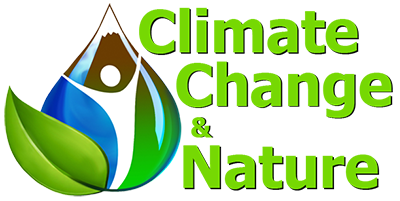State of the Cryosphere Report 2023
Executive Summary: Sea Ice in the Arctic (see also Antarctic sea ice)
- Perhaps more so than for any other part of the cryosphere, 2°C is far too high to prevent extensive sea ice loss at both poles, with severe feedbacks to global weather and climate.
- By 2°C, the Arctic Ocean will be sea ice-free in summer not occasionally, but almost every year; and for periods of up to four months (July–October). The most recent projections show frequent ice-free conditions by 2050 even with “low emissions” (SSP1-2.6), a carbon pathway that peaks at 1.8°C.
- Open water in the Arctic for several months will absorb more heat from polar 24-hour sunlight conditions. A warmer Arctic will increase coastal permafrost, adding more carbon to the atmosphere – and accelerating Greenland Ice Sheet melt resulting in sea-level rise.
- It also means that any Arctic sea ice recovery may take many decades, even with a subsequent return to lower atmospheric temperatures, because the water will hold that heat far longer.
- In the Antarctic, complete loss of sea ice every summer seems plausible at 2°C if current trends continue, and would almost certainly speed up loss from the Antarctic ice sheet and resulting sea-level rise. Record-low conditions in 2023 around much of Antarctica indicate that its threshold for complete summer sea ice loss might be even lower than for the Arctic.
- Studies consistently indicate that Arctic sea ice will still melt almost completely some summers even at 1.5°C, but not each year and only for a brief period (days to a few weeks) when it does. Only “very low” emissions (SSP1-1.9, which peaks at 1.6°C) can maintain summer Arctic sea ice, and lead to some recovery by 2100, when temperatures begin to decline below 1.4°C.
- Negative impacts on sea ice-dependent Indigenous communities and ecosystems will still be significant, however, since at least one ice-free summer is now inevitable before 2050 even with “very low” emissions, according to the IPCC.
Video 1: State of the Cryosphere: livestream 2022 at COP27
Video 2: NOAA Arctic Report Card 2023




